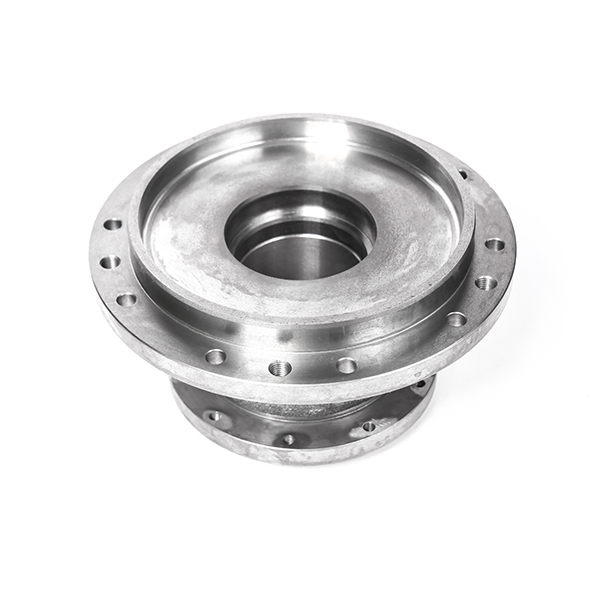Mobile:+86-311-808-126-83
Email:info@ydcastings.com
die casting tool
Die Casting Tools Revolutionizing Metal Production
Die casting is a manufacturing process that has gained immense popularity due to its ability to produce complex metal parts with high precision, efficiency, and superior surface finish. This technique involves forcing molten metal into a mold cavity under high pressure, resulting in finely crafted components used in various industries. At the heart of the die casting process is the die casting tool, a critical element that dictates the quality, accuracy, and efficiency of the manufacturing operation.
Understanding Die Casting Tools
Die casting tools, also referred to as dies, are specialized molds designed for the die casting process. Typically made from heat-resistant steel or other durable materials, these tools can withstand the high temperatures and pressures involved in the melting and injecting of metal. The primary components of die casting tools include the die itself, ejector pins, cooling channels, and trim tools.
1. The Die The die consists of two halves the cover die and the ejector die. The molten metal is injected into the cavity created by these two pieces, which fit together seamlessly to form the intended shape of the part. The design of the die must be precise and is often custom-made to meet the specifications of the part being produced.
2. Ejector Pins Once the metal cools and solidifies, the part must be removed from the die. Ejector pins play a vital role in this process, pushing the finished part out of the die without causing damage. The placement and design of these pins are carefully calculated to ensure efficient ejection while minimizing any potential defects in the product.
3. Cooling Channels Proper cooling is crucial in die casting, as it significantly affects the cycle time and overall quality of the part. Cooling channels are integrated into the die design to facilitate rapid dissipation of heat from the molten metal. An efficient cooling system minimizes the time needed for the metal to solidify and allows for faster production rates.
4. Trim Tools After ejection, the parts often require trimming to remove excess material or flash caused during the injection process. Trim tools are used in secondary operations to achieve the final dimensions and surface finishes required for the part. This step enhances the overall quality and usability of the finished product.
die casting tool

The Advantages of Die Casting Tools
The benefits of die casting tools extend far beyond mere efficiency in production. Here are some key advantages
- High Precision Die casting allows for the production of highly complex shapes with tight tolerances. This precision is essential in industries such as automotive, aerospace, and electronics, where component reliability is paramount.
- Cost-Effectiveness While the initial investment in die casting tools can be high, the long-term savings are significant. Once a die is created, it can produce thousands or even millions of identical parts with minimal additional costs, making it an economical choice for large-scale manufacturing.
- Superior Surface Finish The high-pressure injection of molten metal leads to a smooth surface finish that often requires little to no additional machining. This characteristic not only enhances the aesthetic appeal of the parts but also reduces the need for secondary operations.
- Materials Versatility Die casting can accommodate a variety of metals, including aluminum, zinc, and magnesium, making it suitable for different applications. The ability to use diverse materials enables manufacturers to tailor parts according to specific performance requirements.
Conclusion
Die casting tools are an integral part of modern manufacturing, driving efficiency, precision, and cost-effectiveness in the production of metal parts. By understanding the components and advantages of die casting tools, manufacturers can leverage this innovative technology to enhance their operations and meet the ever-growing demands of various industries. The continuing advancements in die design and materials science promise to further revolutionize this process, solidifying die casting's place as a critical technique in the manufacturing landscape. As industries evolve, investing in high-quality die casting tools will be essential for companies aiming to remain competitive in the global market.
-
Understanding Metal Casting TechniquesNewsApr.02,2025
-
Understanding Exhaust Manifolds for Enhanced Engine PerformanceNewsApr.02,2025
-
The World of Metal FabricationNewsApr.02,2025
-
Key Components for Pump and Turbo EfficiencyNewsApr.02,2025
-
Essential Tools for Automotive Maintenance and RepairNewsApr.02,2025
-
Durable Valve Components for Effective Water ManagementNewsApr.02,2025











